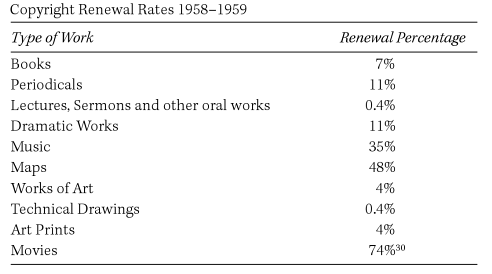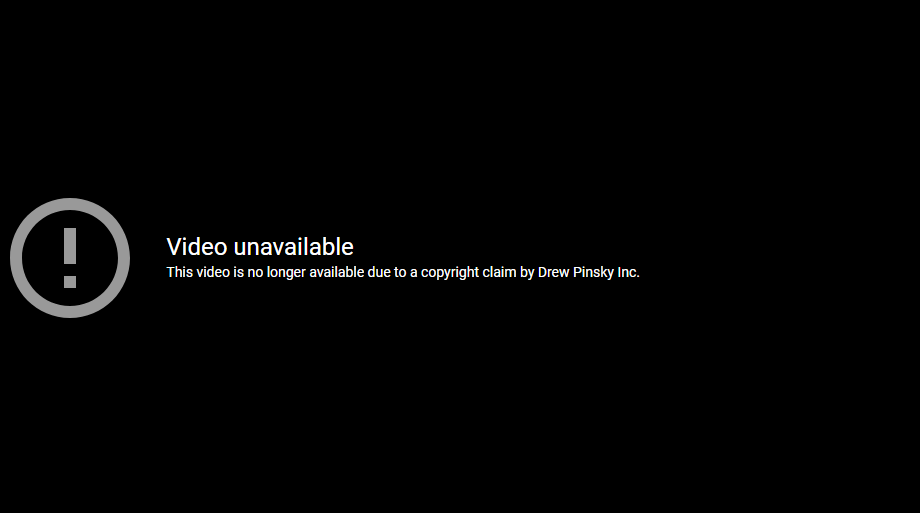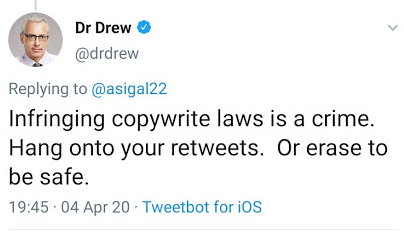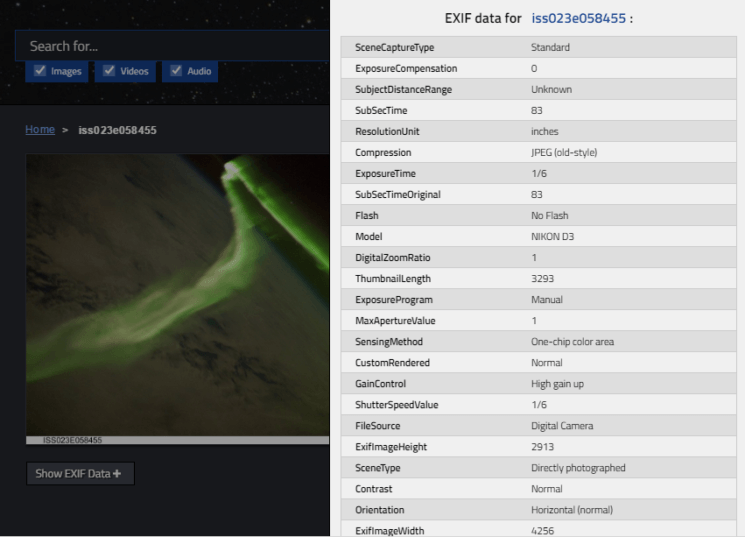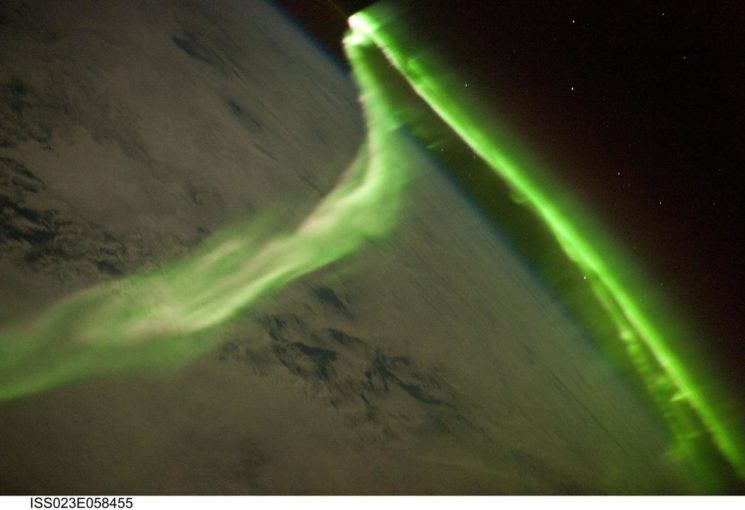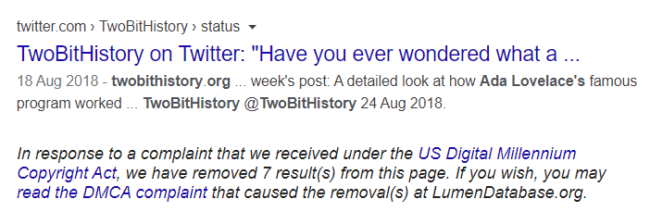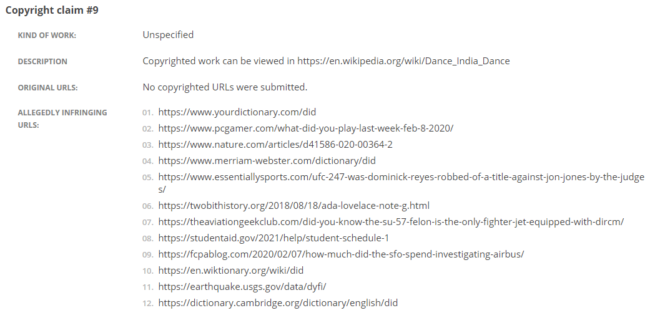There are lots of reasons to patent something. The most obvious one is that you’ve come up with a brilliant invention, and you want to protect your idea so that nobody can steal it from you. But that’s just the tip of the patent strategy iceberg. It turns out there is a whole host of strategies that lead to “zany” or “weird” patent filings, and understanding them offers a window not just into the labyrinthine world of the U.S. Patent and Trademark Office and its potential failings, but also into how companies think about the future. And while it might be fun to gawk at, say, Motorola patenting a lie-detecting throat tattoo, it’s also important to see through the eye-catching headlines and to the bigger issue here: Patents can be weapons and signals. They can spur innovation, as well as crush it.
Let’s start with the anatomy of a patent. Patents have many elements—the abstract, a summary, a background section, illustrations, and a section called “claims.” It’s crucial to know that the thing that matters most in a patent isn’t the abstract, or the title, or the illustrations. It’s the claims, where the patent filer has to list all the new, innovative things that her patent does and why she in fact deserves government protection for her idea. It’s the claims that matter over everything else.
[…]
For a long time, companies didn’t really worry about the PR that patents might generate. Mostly because nobody was looking. But now, journalists are using patents as a window into a company’s psyche, and not always in a way that makes these companies look good.
So why patent something that could get you raked across the internet coals? In many cases, when a company files for a patent, it has no idea whether it’s actually going to use the invention. Often, patents are filed as early as possible in an idea’s life span. Which means that at the moment of filing, nobody really knows where a field might go or what the market might be for something. So companies will patent as many ideas as they can at the early stages and then pick and choose which ones actually make sense for their business as time goes by.
[…]
In some situations, companies file for patents to blanket the field—like dogs peeing on every bush just in case. Many patents are defensive, a way to keep your competitors from developing something more than a way to make sure you can develop that thing. Will Amazon ever make a delivery blimp? Probably not, but now none of its competitors can. (Amazon seems to be a leader in these patent oddities. Its portfolio also includes a flying warehouse, self-destructing drones, an underwater warehouse, and a drone tunnel.
[…]
David Stein, a patent attorney, says that he sees this at companies he works with. He tells me that once he was in a meeting with inventors about something they wanted to patent, and he asked one of his standard questions to help him prepare the patent: What products will this invention go into? “And they said, ‘Oh, it won’t.’ ” The team that had invented this thing had been disbanded, and the company had moved to a different solution. But they had gone far enough with the patent application that they might as well keep going, if only to use the patent in the future to keep their competitors from gaining an advantage. (It’s almost impossible to know how many patents wind up being “useful” to a company or turn up in actual products.)
As long as you have a budget for it (and patents aren’t cheap—filing for one can easily cost more than $10,000 all told), there’s an incentive for companies to amass as many as they can. Any reporter can tell you that companies love to boast about the number of patents they have, as if it’s some kind of quantitative measure of brilliance. (This makes about as much sense as boasting about how many lines of code you’ve written—it doesn’t really matter how much you’ve got, it matters if it actually works.) “The number of patents a company is filing has more to do with the patent budget than with the amount they’re actually investing in research,” says Lisa Larrimore Ouellette, a professor at Stanford Law School
[…]
This patent arm wrestling doesn’t just provide low-hanging fruit to reporters. It also affects business dealings. Let’s say you have two companies that want to make some kind of business deal, Charles Duan, a patent expert at the R Street Institute, says. One of their key negotiation points might be patents. If two giant companies want to cut a deal that involves their patent portfolios, nobody is going to go through and analyze every one of those patents to make sure they’re actually useful or original, Duan says, since analyzing a single patent thoroughly can cost thousands of dollars in legal fees. So instead of actually figuring out who has the more valuable patents, “the [company] with more patents ends up getting more. I’m not sure there’s honestly much more to it.”
Several people I spoke with for this story described patent strategy as “an arms race” in which businesses all want to amass as many patents as they can to protect themselves and bolster their position in these negotiations. “There’s not that many companies that are willing to engage in unilateral disarmament,”
[…]
While disarmament might be unlikely, many companies have chosen not to engage in the patent warfare at all. In fact, companies often don’t patent technologies they’re most interested in. A patent necessarily lays out how your product works, information that not all companies want to divulge. “We have essentially no patents in SpaceX,” Elon Musk told Chris Anderson at Wired. “Our primary long-term competition is in China. If we published patents, it would be farcical, because the Chinese would just use them as a recipe book.”
[…]
In most cases, once the inventors and engineers hand over their ideas and answer some questions, it’s the lawyer’s job to build those things out into an actual patent. And here is where a lot of the weirdness actually enters the picture, because the lawyer essentially has to get creative. “You dress up science fiction with words like ‘means for processing’ or ‘data storage device,’ ” says Mullin.
As distrust of technology corporations mounts, the way we read patents has changed.
Even the actual language of the patents themselves can be misleading. It turns you actually can write fan fiction about your own invention in a patent. Patent applications can include what are called “prophetic examples,” which are descriptions of how the patent might work and how you might test it. Those prophetic examples can be as specific as you want, despite being completely fictional. Patents can legally describe a “46-year-old woman” who never existed and say that her “blood pressure is reduced within three hours” when that never actually happened. The only rule about prophetic examples is that they cannot be written in the past tense. Which means that when you’re reading a patent, the examples written in the present tense could be real or completely made up. There’s no way to know.
If this sounds confusing, it is, and not just to journalists trying to wade through these documents. Ouellette, who published a paper in Science about this problem recently, admitted that even she wouldn’t necessarily be able to tell whether experiments described in a patent had actually been conducted.
Some people might argue that these kinds of speculative patents are harmless fun, the result of a Kafkaesque kaleidoscope of capitalism, competition, and bureaucracy. But it’s worth thinking about how they can be misused, says Mullin. Companies that are issued vague patents can go after smaller entities and try to extract money from them. “It’s like beating your competitor over the head with a piece of science fiction you wrote,” he says.
Plus, everyday people can be misled about just how much to trust a company based on its patents. One study found that out of 100 patents cited in scientific articles or books that used only prophetic examples (in other words, had no actual data or evidence in them), 99 were inaccurately described as having been based on real data.
[…]
Stein says that recently he’s had companies bail on patents because they might be perceived as creepy. In fact, in one case, Stein says that the company even refiled a patent to avoid a PR headache.* As distrust of technology corporations mounts, the way we read patents has changed. “Everybody involved in the patent process is a technologist. … We don’t tend to step back and think, this could be perceived as something else by people who don’t trust us.” But people are increasingly unwilling to give massive tech companies the benefit of the doubt. This is why Google’s patent for a “Gaze tracking system” got pushback—do you really want Google to know exactly what you look at and for how long?
[…]
there is still real value in reading the patents that companies apply for—not because doing so will necessarily tell you what they’re actually going to make, but because they tell you what problems the company is trying to solve. “They’re indicative of what’s on the engineer’s mind,” says Duan. “They’re not going to make the cage, but it does tell you that they’re worried about worker safety.” Spotify probably won’t make its automatic parking finder, so you don’t have to pause your music in a parking garage while you hunt for a spot. But it does want to figure out how to reduce interruptions in your music consumption. So go forth and read patents. Just remember that they’re often equal parts real invention and sci-fi.
That science fiction concepts can be patented is new for me. So you can whack companies around with patents that you thought of but didn’t implement. Sounds like a really good idea. Not.

